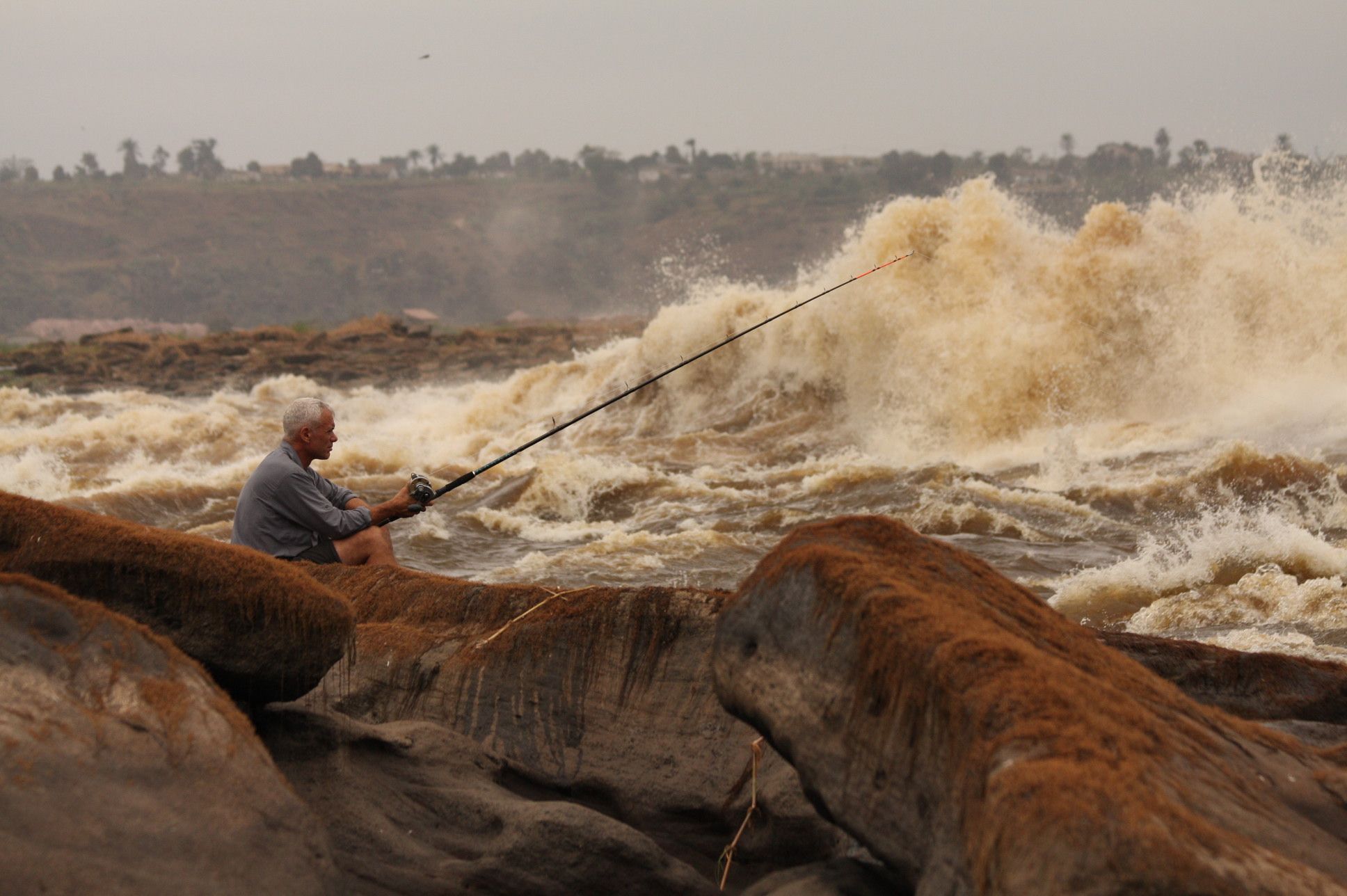Killifish: Surviving in an Elephant’s Footprint
Killifish are a group of unusually small and colourful fish that have evolved particularly robust egg casings. These casings prevent the embryos from drying out and some species survive for months, even years in dry mud. This has allowed killifish to colonise and survive in the smallest temporary pools, even in an elephant’s footprint. The sudden appearance of fish in fresh puddles has given rise to the phrase ‘It rains fishes’.








